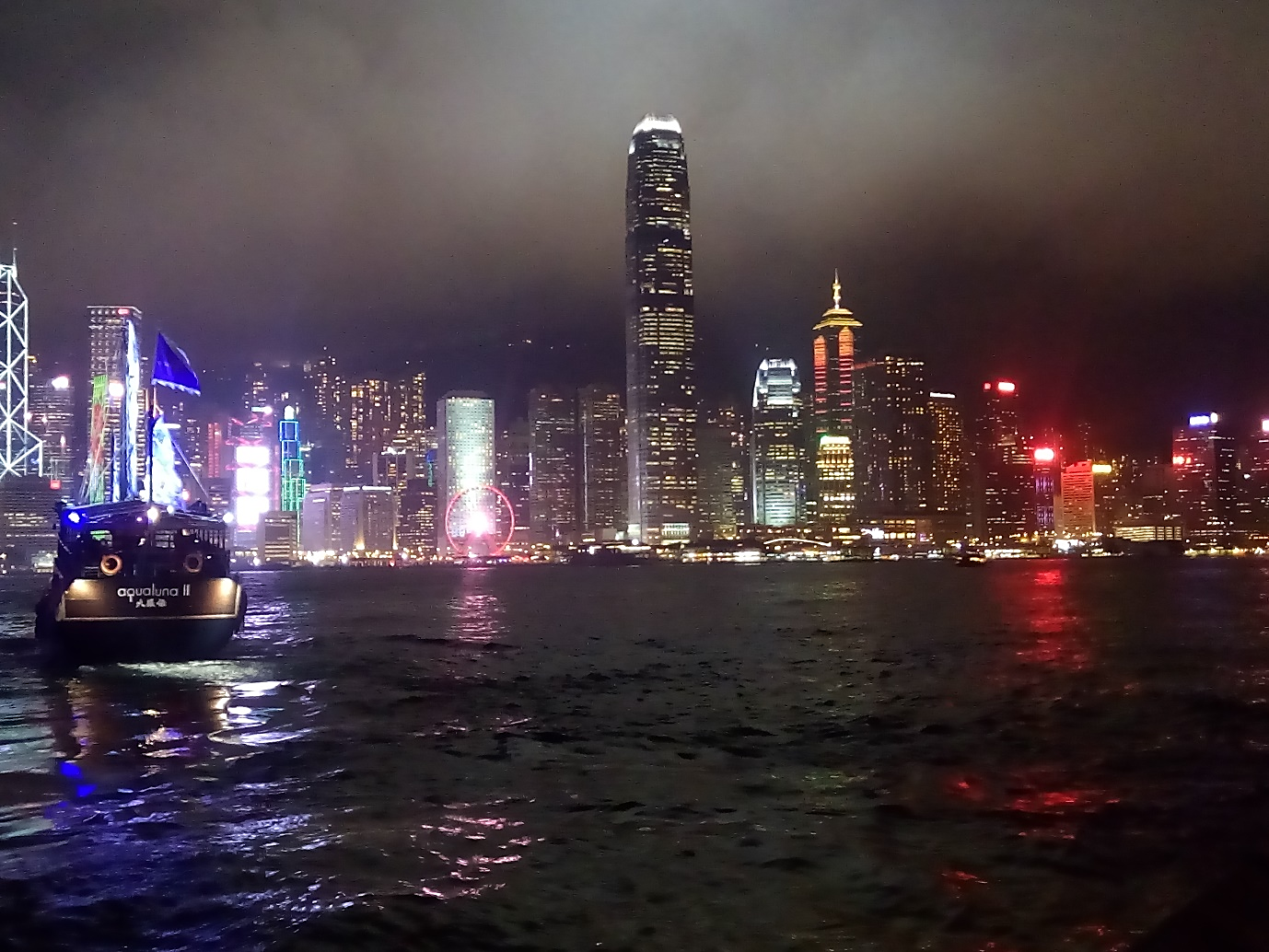Hong Kong
After two weeks enjoying Southeast Asia and a late-night flight from Chiang Mai, my feet finally touched back down on Chinese soil… or did they? This was the final stop on my journey: the “special administrative region” of Hong Kong.
I planned to visit Hong Kong because it was on the way back to Tianjin and I had some local friends to meet up with, however I never expected that it would be such a fascinating and unique corner of the world to explore.
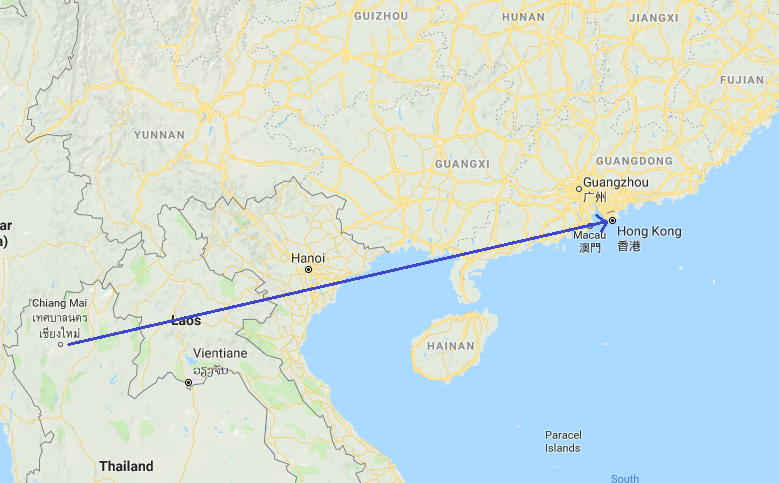
Hong Kong means “fragrant harbour” in Cantonese. Two hundred years ago, it was nothing more than a group of rocky islands with a few small fishing villages, until the British Empire took control of it after their first Opium War with China. Over the next century and a half, it grew into one of the world’s most developed and thriving cities and absorbed a lot of British influence. In 1997, Britain handed Hong Kong back to China as a “special administrative region” – this means that although Hong Kong is now technically part of China, it still retains its own form of government, freedoms and way of life, making it seem like a different country.
The political situation is too intricate and confusing to cover in one blog post; however, it does give the city a distinctive atmosphere. For me, it felt like being in China and London at the same time. In certain ways Hong Kong reminded me of other Chinese cities – the food, people, language and endless high-rises – yet other aspects clearly showed the legacy which Britain had left: cars drove on the left, the streets had names like “Salisbury Road” and “Queen’s Road Central”, and all sorts of British treats could be found on supermarket shelves, from rhubarb crumble to chocolate digestives. It seemed bizarre that right under the belly of Mainland China, a huge Communist country with a culture so different from home, there’s a city where you can buy Maltesers or shop at Marks and Spencer.
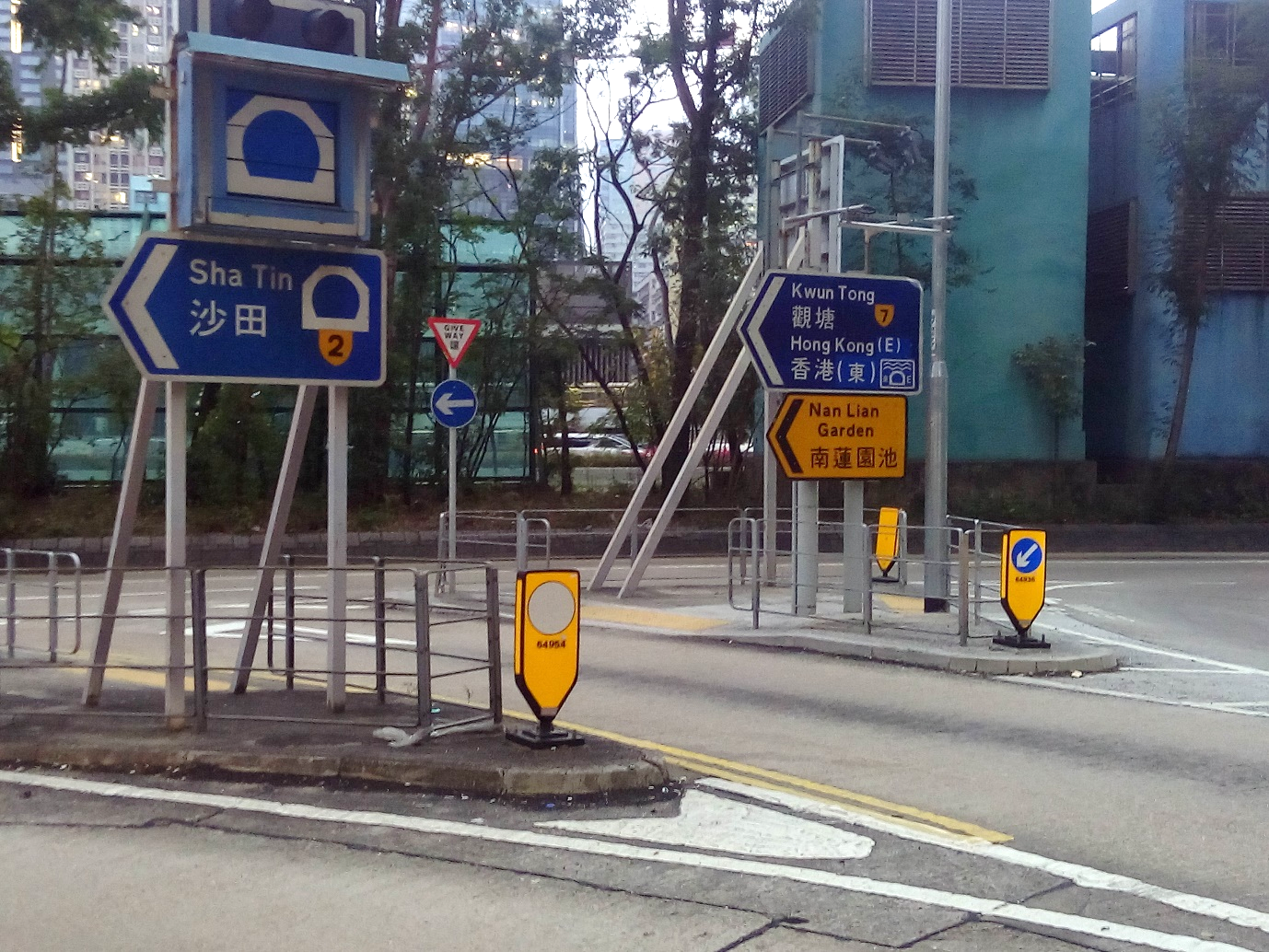
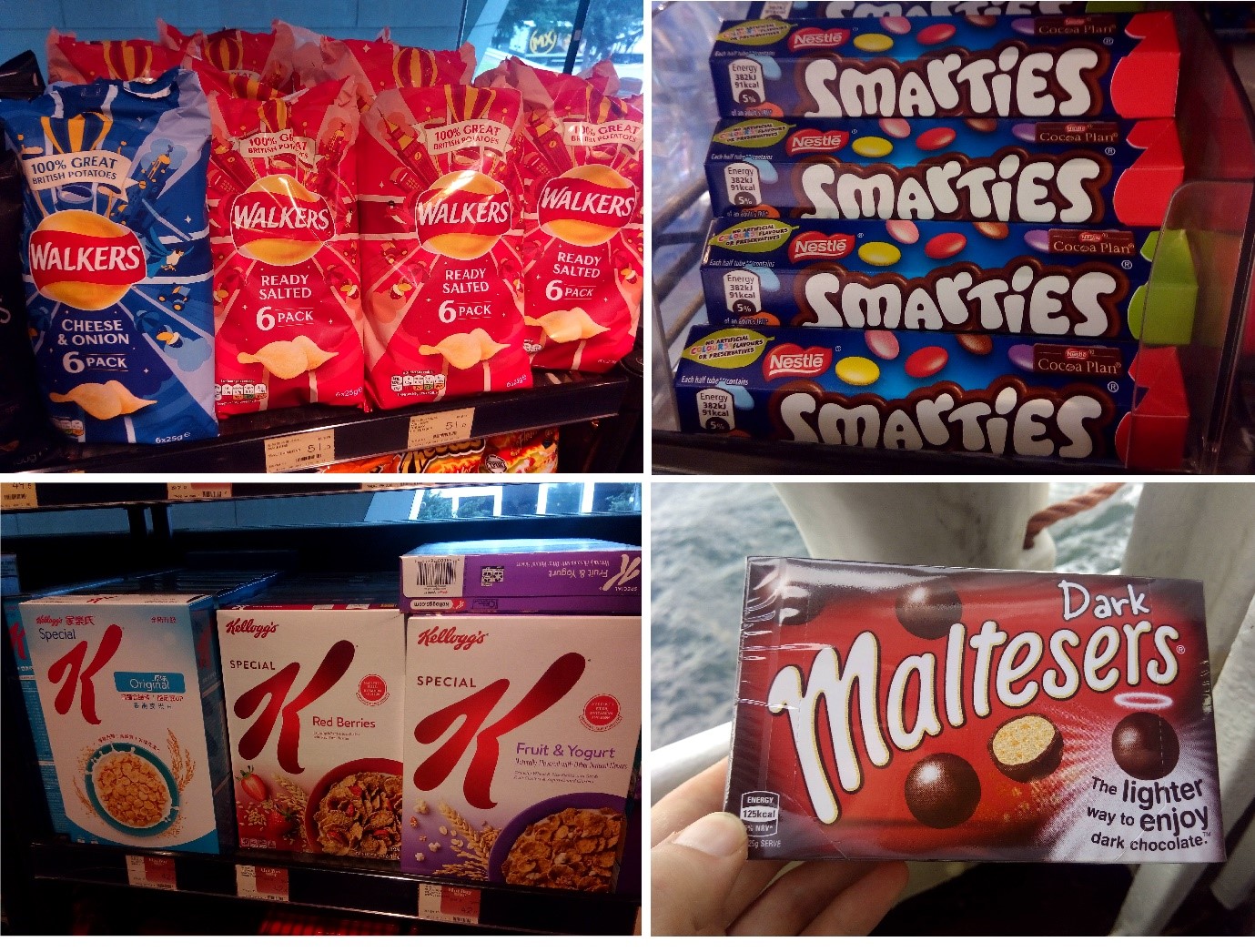 I arrived in the city late at night and roamed around for half an hour trying to find my hostel. I eventually found it tucked away on the 14th floor of a rather discreet residential building, occupying the same space as a typical apartment. This was to be expected from one of the world’s most densely populated cities. It wasn’t so bad, however, as the hostel was right next to Tsim Sha Tsui metro station and a ten-minute walk from the harbour of the Star Ferry, which regularly carried passengers between Hong Kong Island and Kowloon Bay.
I arrived in the city late at night and roamed around for half an hour trying to find my hostel. I eventually found it tucked away on the 14th floor of a rather discreet residential building, occupying the same space as a typical apartment. This was to be expected from one of the world’s most densely populated cities. It wasn’t so bad, however, as the hostel was right next to Tsim Sha Tsui metro station and a ten-minute walk from the harbour of the Star Ferry, which regularly carried passengers between Hong Kong Island and Kowloon Bay.
In fact, one of my favourite parts of Hong Kong was the public transport, as it was so easy to get around despite the challenging terrain. Ferries ran regular routes between the city’s islands (and were so cheap that I sometimes took ferry rides just for fun); the metro system is considered the best in the world, and even ran through mountains, over water and under water to cover the city’s full extent; and there were countless double-decker buses (just like the ones in London) which allowed me to see the city streets from above. What made transport even more efficient was having an Octopus card, which you can use as a form of payment pretty much everywhere in Hong Kong, including the metro, buses, ferries, shops and restaurants.
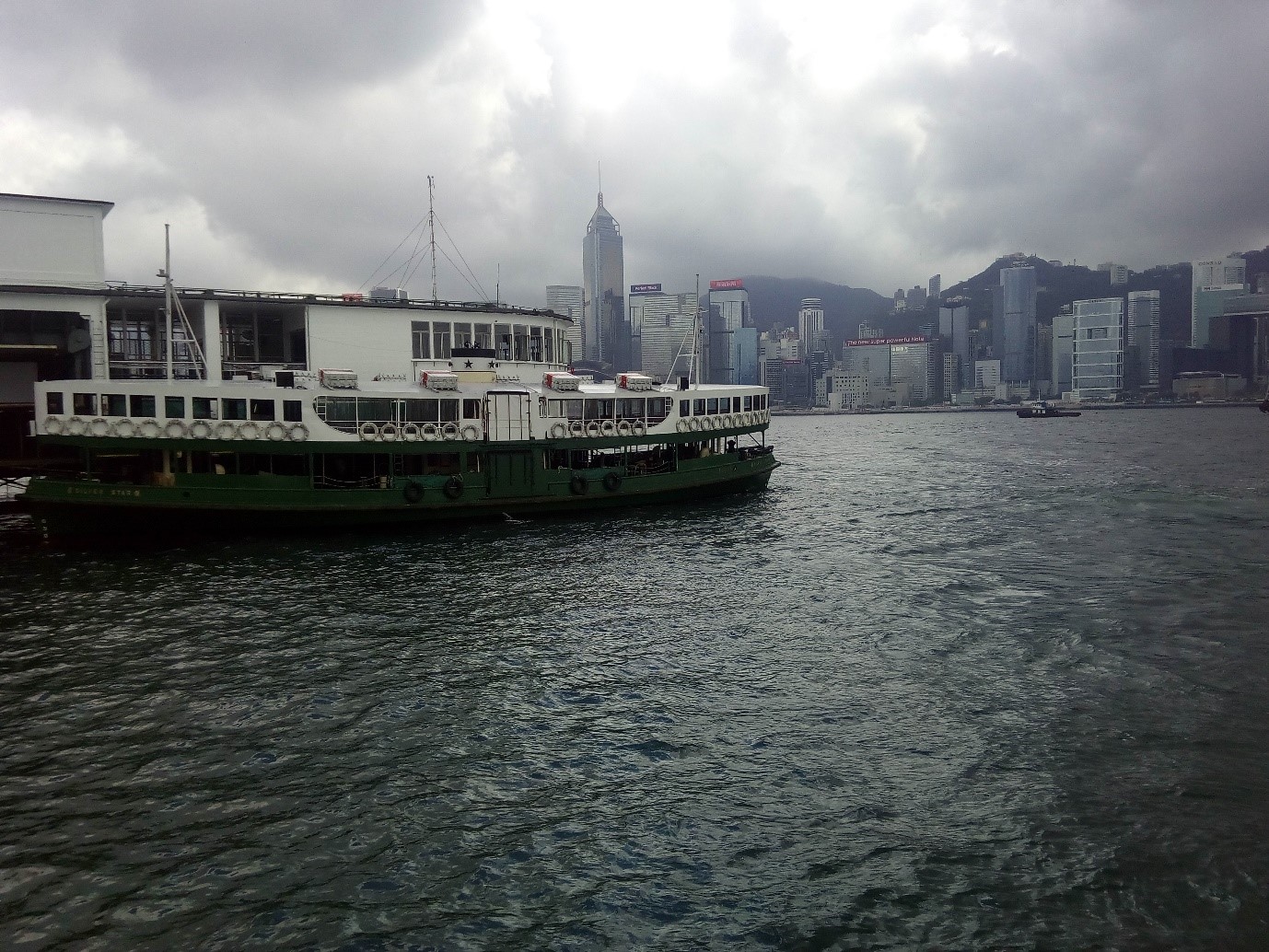
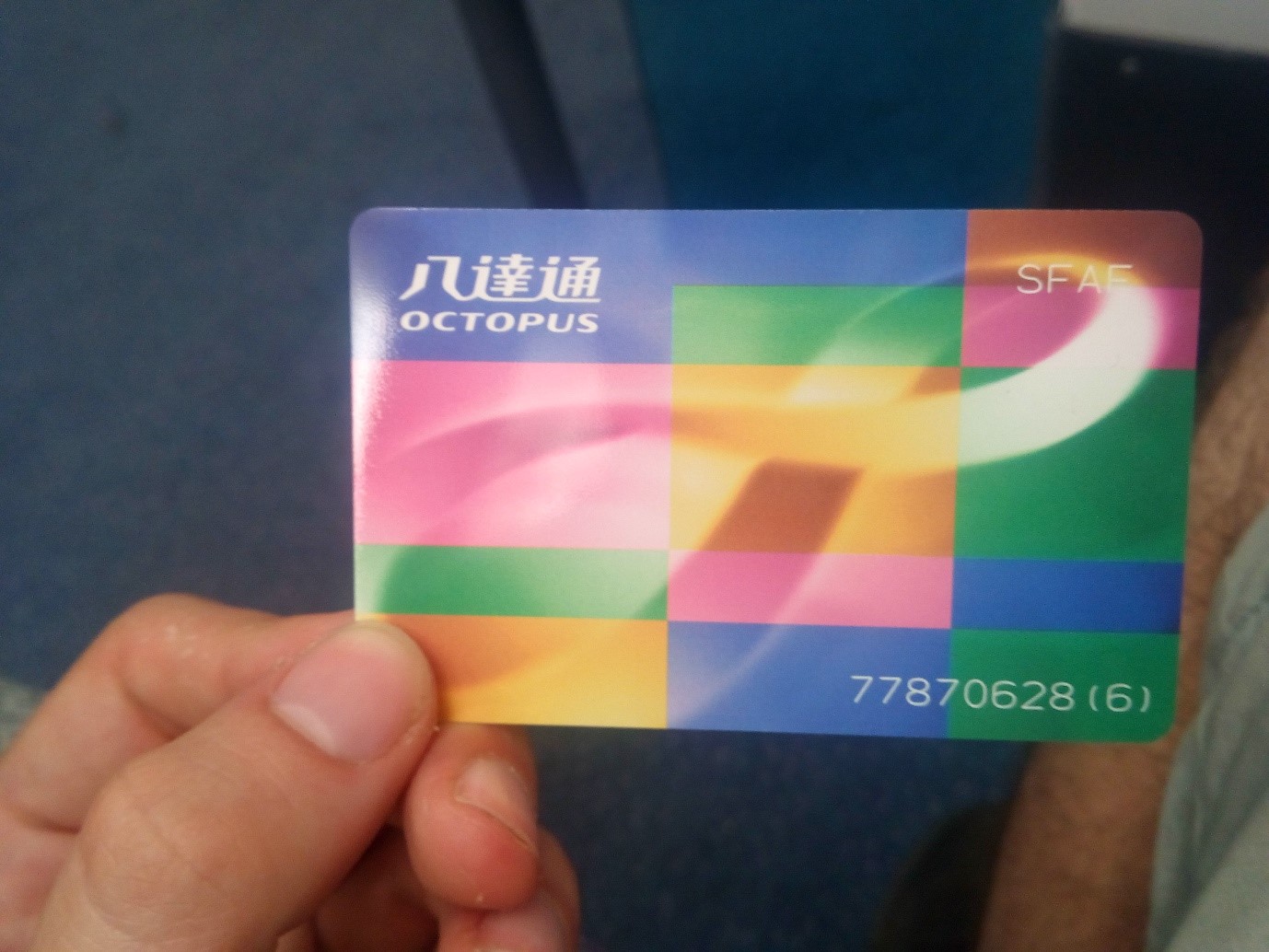
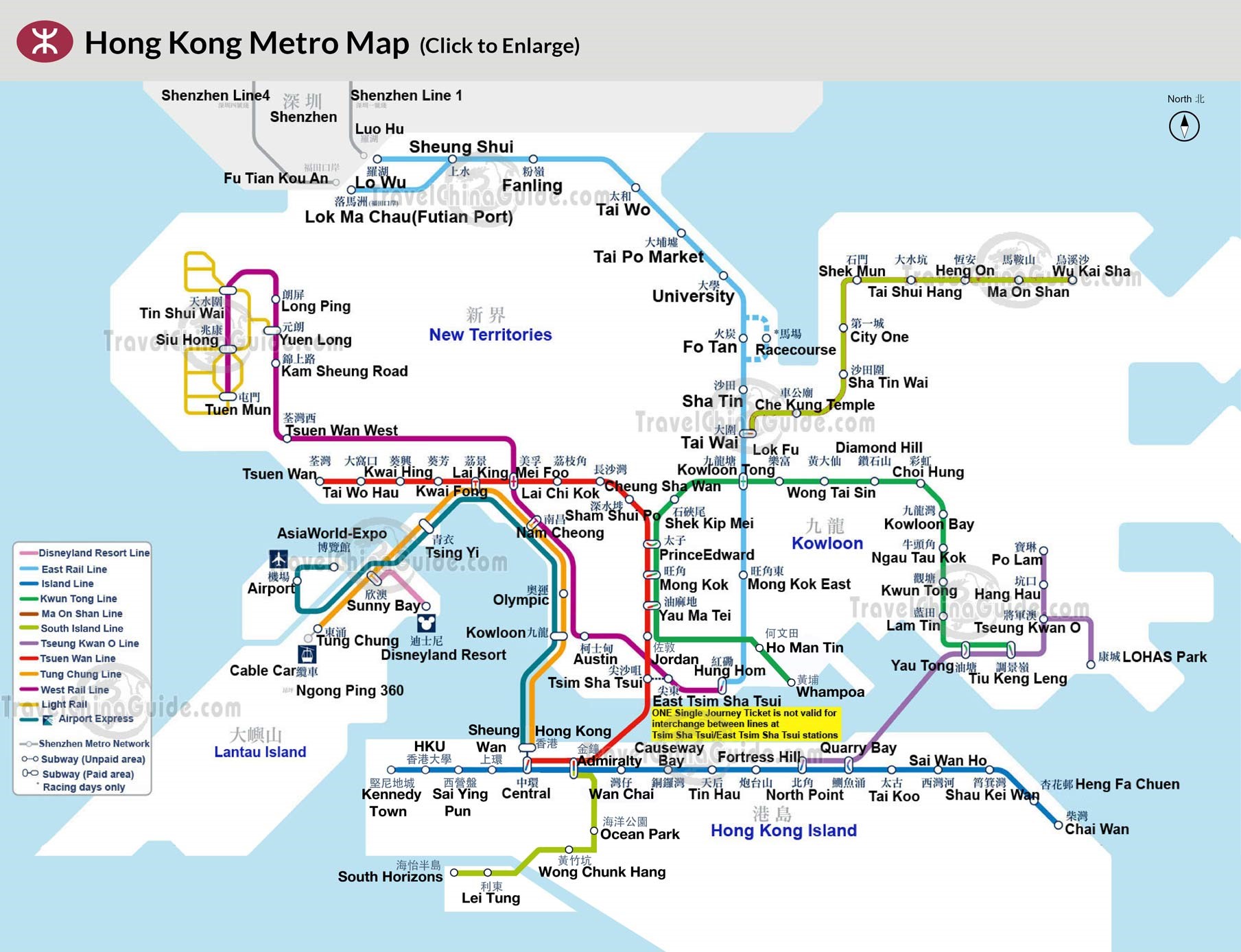
After a day exploring Hong Kong Island and Kowloon, I decided to go further afield and took the metro to Lantau Island. There I visited Ngong Ping, a village in the hills accessible by glass-bottomed cable car (also home to the large Tian Tan Buddha statue), then took a bus to Tai O fishing village, one of the last remnants of Hong Kong’s rural past. After a few calm hours strolling around the village past the many seafood vendors and houses on stilts, I took the ferry back to Kowloon to meet a local friend from the international church in Tianjin. She took me out for dinner at an American steakhouse, then we took a bus up to Victoria Peak, the highest point in Hong Kong, for a spectacular view of the night-time skyline.
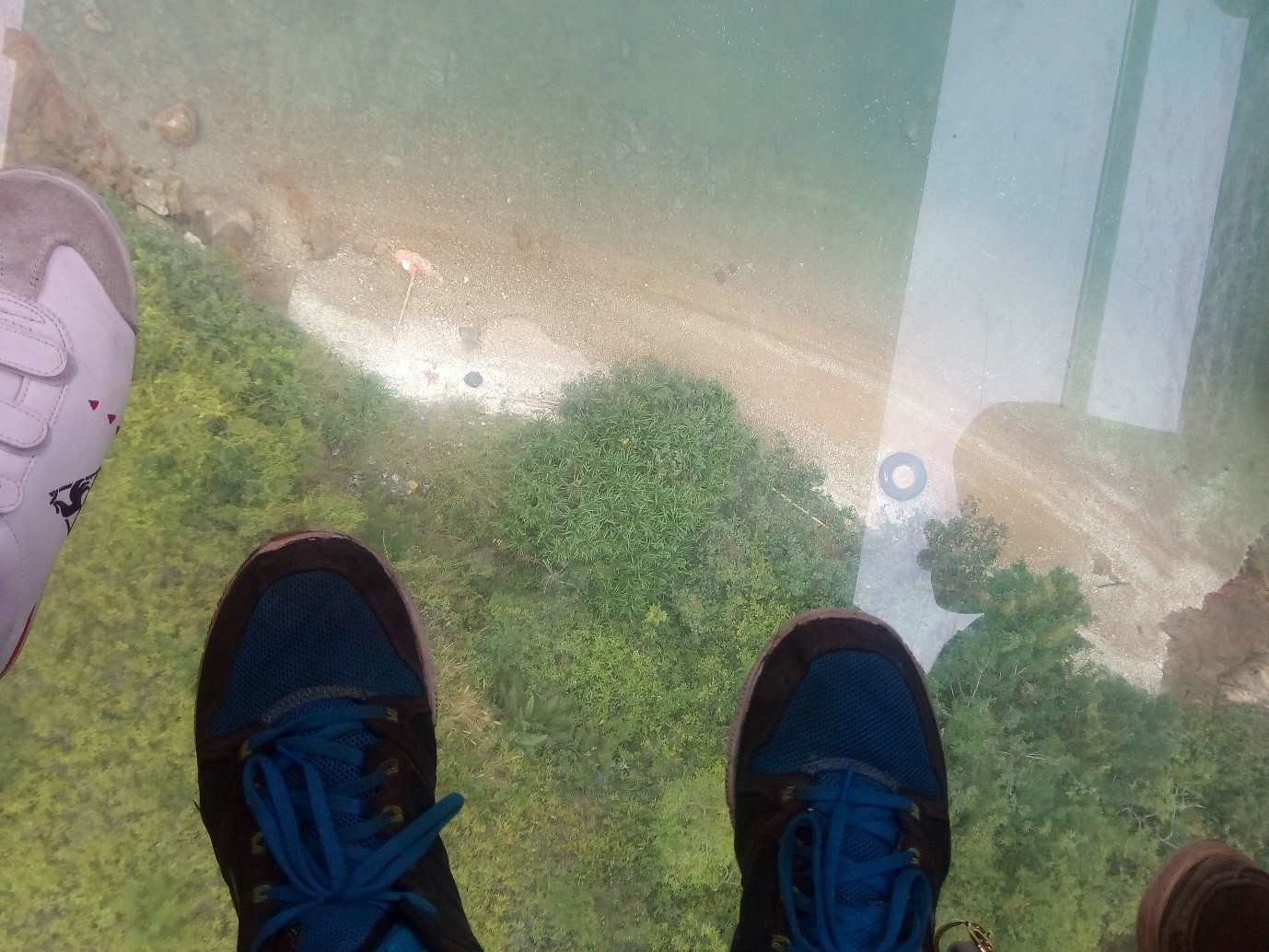
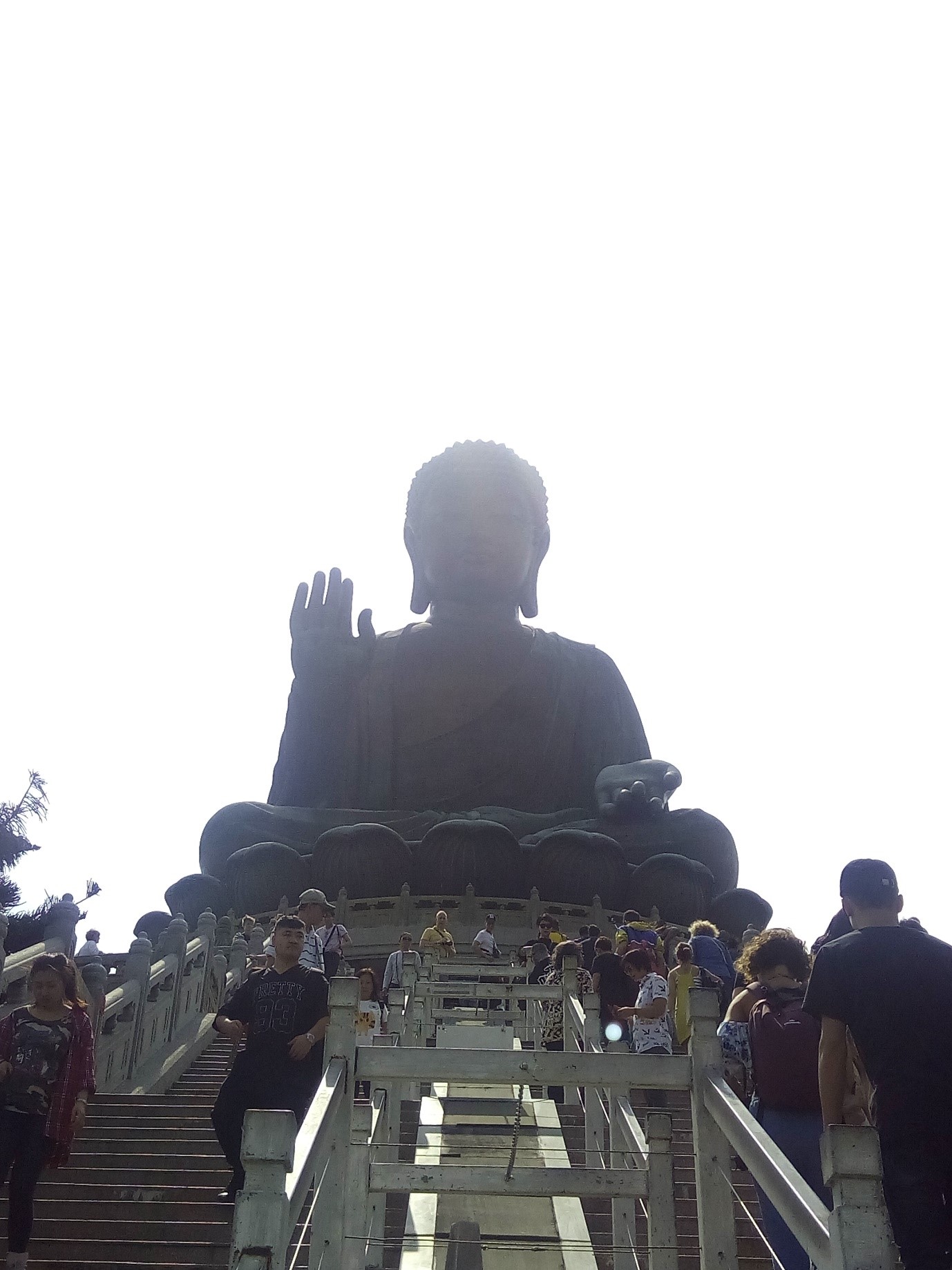
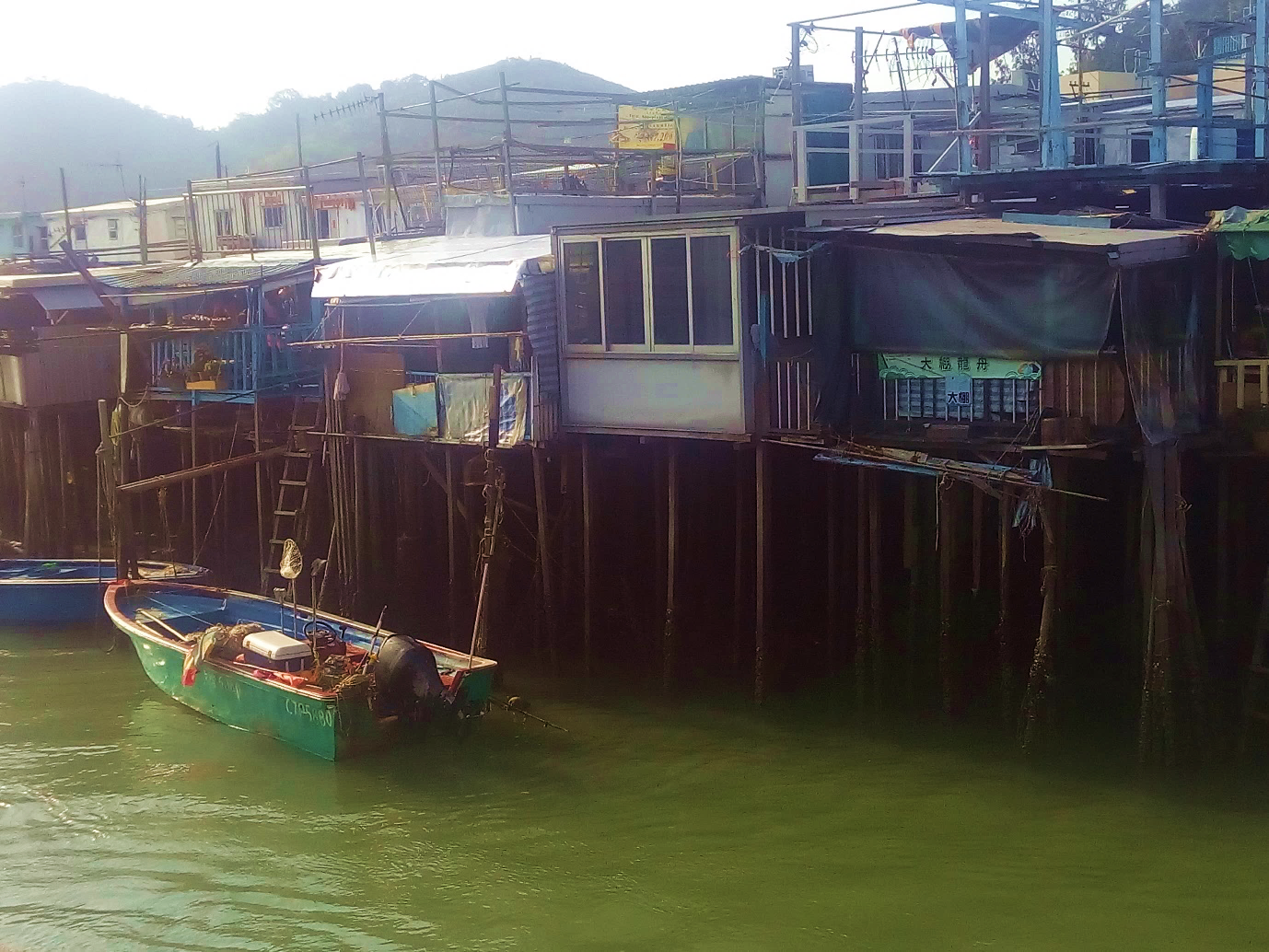
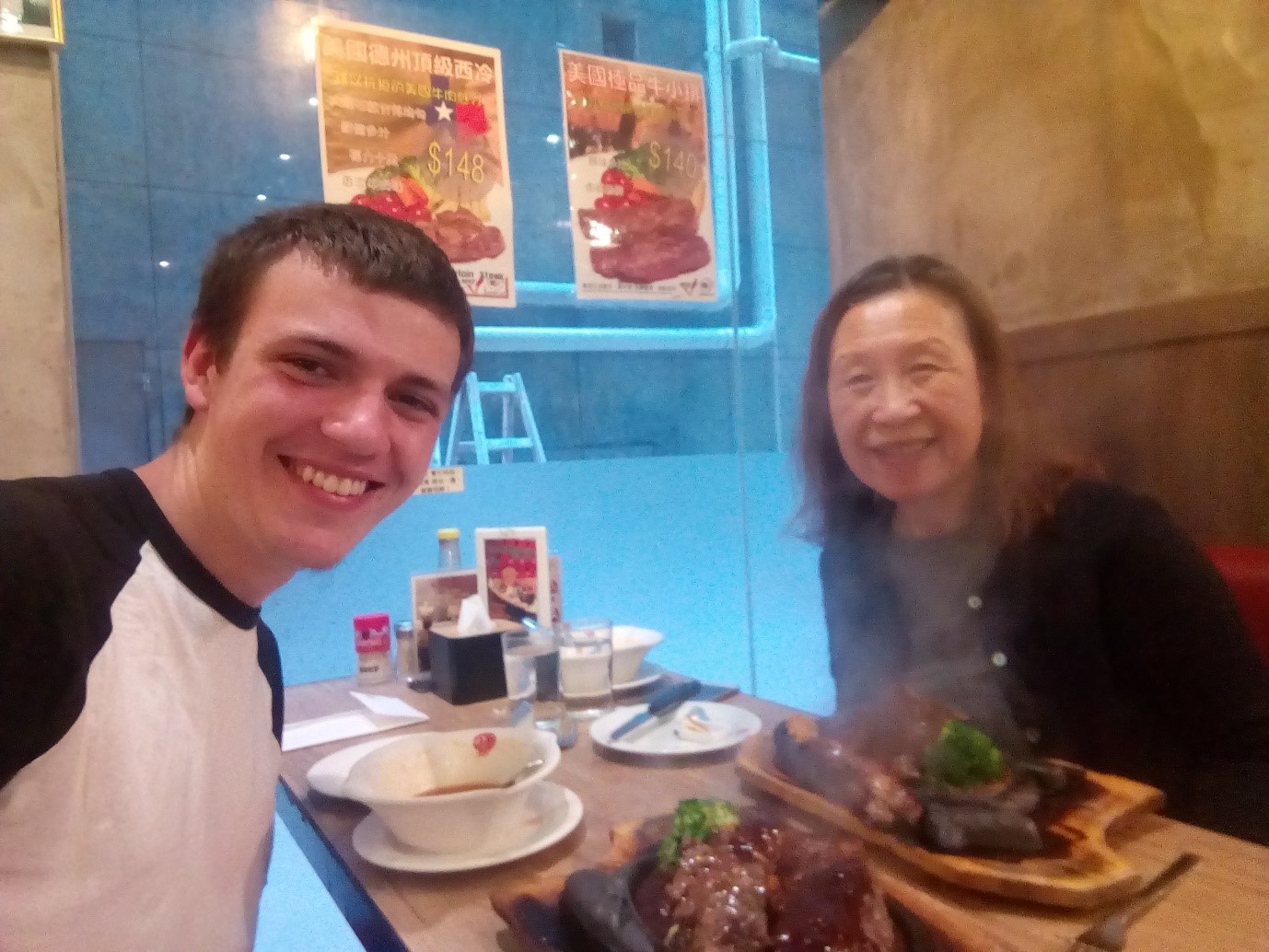
She didn’t speak any English, so it was a good opportunity to practise my Mandarin. Most Hong Kong natives speak Cantonese – the language of southern China – which is closely related to Mandarin, but not close enough that a Mandarin-speaker could understand it (“hello” is “nǐ hǎo” in Mandarin and “nei hou” in Cantonese). However, both languages are written with the same Chinese characters. This means although Mandarin and Cantonese speakers can’t understand each other while speaking, they can most of the time through writing.
This made for some interesting observations when walking around Hong Kong. One time I noticed a stop on the metro named 石門 – from the characters, I knew that it meant “stone gate”, and I knew how to pronounce it in Mandarin (shí mén), but I didn’t know how to pronounce it in Cantonese (shek mun).
On my third day I took a bus to the far side of Hong Kong Island for a hiking trail called “The Dragon’s Back”, which passed over several spiny hills (resembling the backside of a Chinese dragon) and finished at a quiet, sandy beach called Big Wave Bay. It was surreal to think that the lush green hills and calm shoreline were on the same small island as a bustling metropolis.
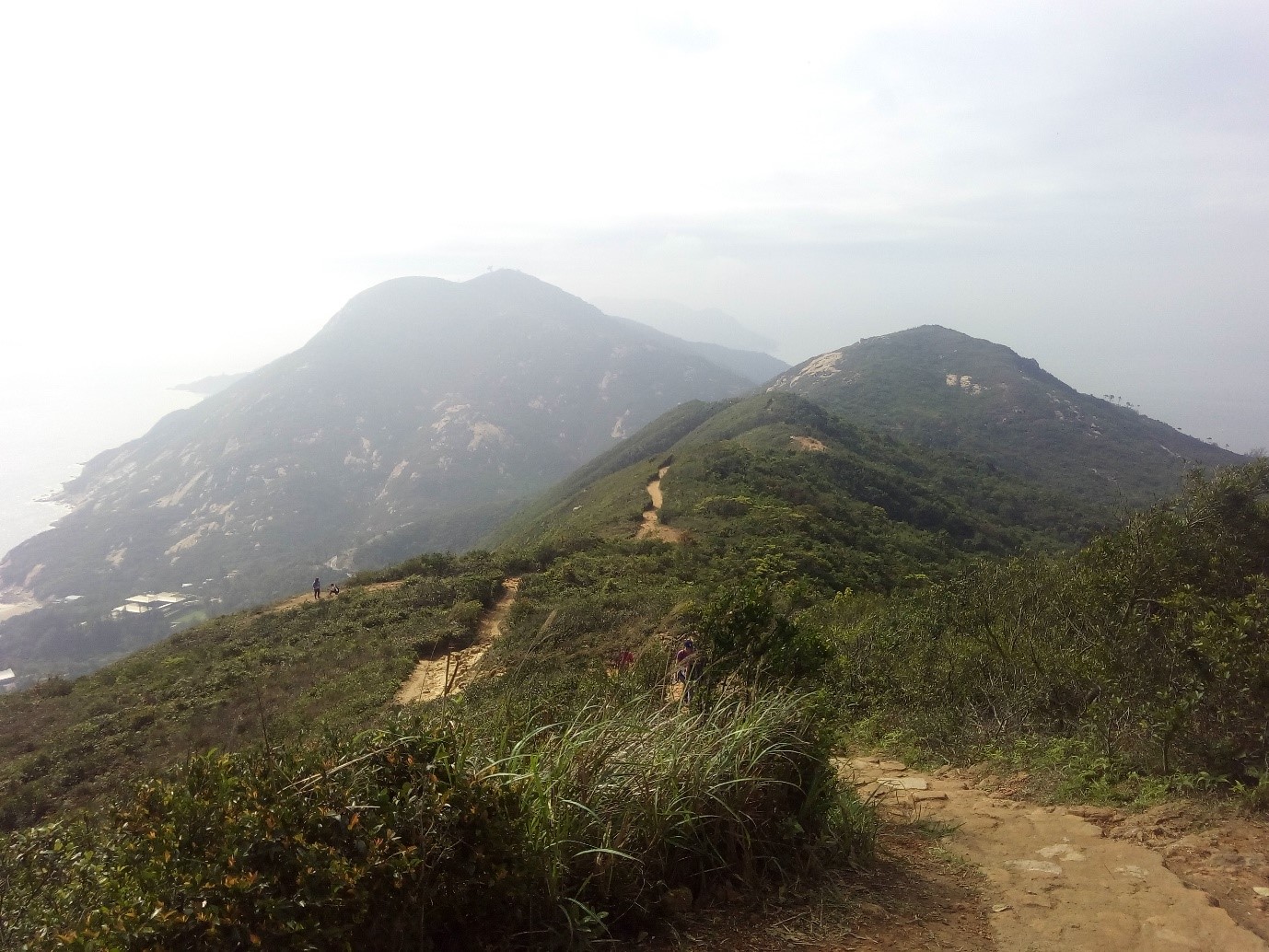
The next day I had lunch with a Finnish family who lived in Hong Kong and had stayed at our Airbnb back in Scotland. I feel there is something quite special about meeting travellers you’ve met before in a completely new part of the world. It was great to catch up with them, and they gave me some helpful insights from their experience living in Hong Kong.
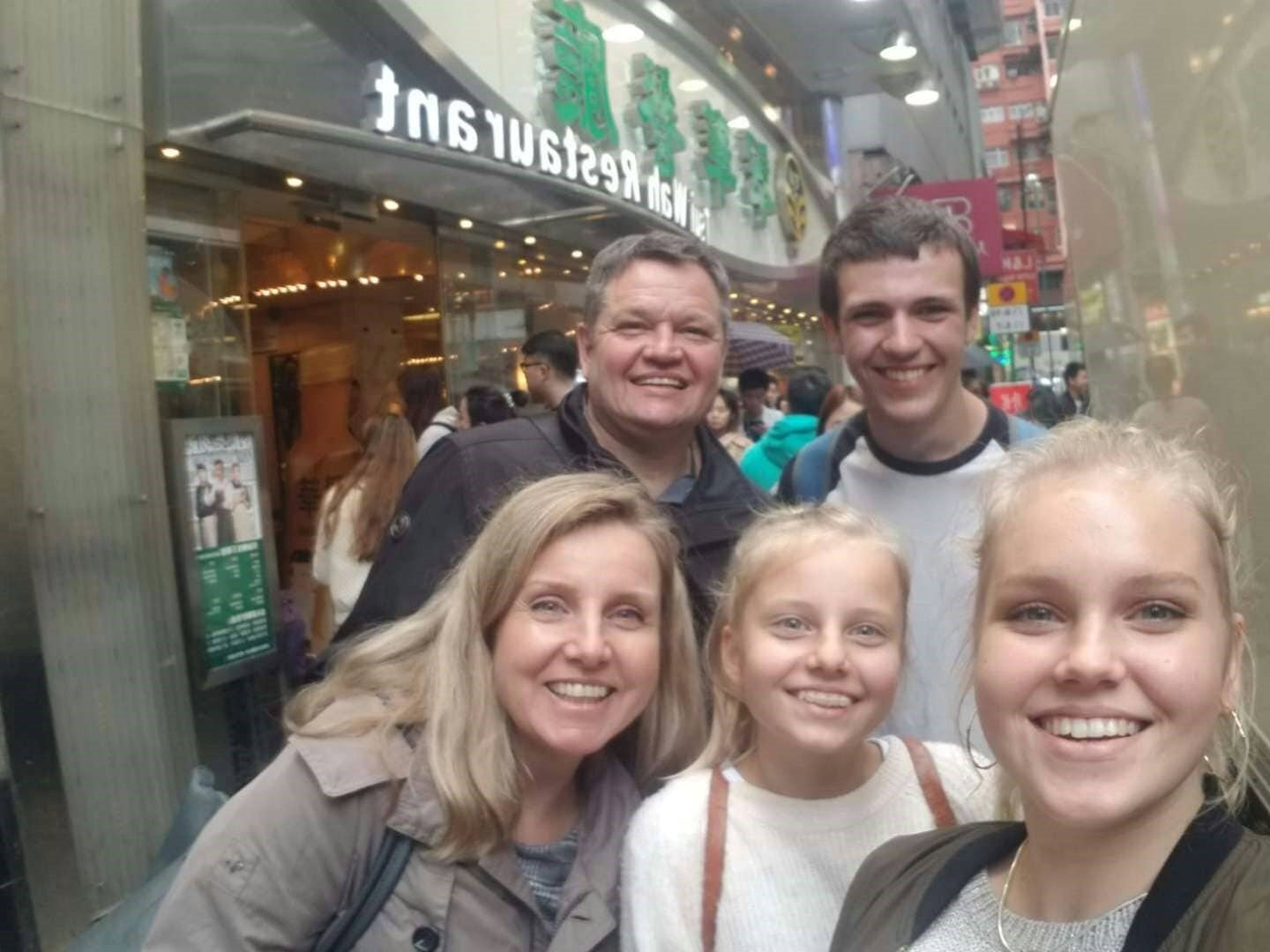
Later that afternoon I went with another local friend to the Hong Kong Maritime Museum, which was holding an exhibition called “The Dragon and the Eagle” about the history of Chinese-American trade. It was far more interesting than I expected – I particularly liked the exhibition on “tea clippers”, a type of ship invented in the mid-1800s to transport tea from China to the West as fast as possible.
My final day in Hong Kong unfortunately marked the end of my travels, and I’d booked a train leaving at 8am for Beijing. However, that morning also marked the biggest mistake I made in my entire trip: I slept in. I had to book a high-speed train for the evening instead, which took a slight toll on my bank account. On the bright side, however, this meant I had time to go to church in Hong Kong. It was great to be in a church where both foreigners and locals could meet, a privilege which other Chinese churches sadly can’t enjoy. Soon afterwards it was time to pack my bags, say goodbye to the former British colony and head across the border.
It was only a twenty-minute train journey to the neighbouring city of Shenzhen, but it felt like a different world. Suddenly every car was driving on the right, everyone spoke Mandarin, and hanging over every building was the red flag and yellow stars of Mainland China. Nevertheless, my time in Hong Kong is something I will always remember and value. There truly is no place on Earth like it, and I’d like to keep up to date with how this fascinating city changes in the years to come.
Nine new provinces, two new countries, one “special administrative region” and over 175 hours of train journeys later, I finally arrived back at my room in Tianjin. Over the past six weeks I had seen more of the world than ever before – it was exhilarating, challenging and exhausting, but in the end, it really was worth every penny. Travelling Asia, especially solo travel, has opened my eyes to much more of the world and its different peoples, and has also helped me better understand myself. I already can’t wait to get back on the road!
麦亚伦
Arran
